Simple Style Posting Guest 专栏人物采访第七期 David Mcghee
09年8月底,我在simple style写了一篇文章推荐David Mcghee的摄影作品,而最初我其实是因他的一句话而喜欢上这个来自美国得克萨斯州的摄影师。他说道,“摄影如一面镜子,映照的是一个更好或是更坏的自我。不管这个认知多么艰难,审视内心对摄影师而言,是如此重要。” David给我发来邮件表示感谢并询问了专栏人物的事情。
审视内心,遵从自己内心的意愿和想法,简单而真实地生活着,正如我们在欣赏David Mcghee的这组大地摄影作品Pinal County而获得的感受。他的采访让我想起了19世纪末象征派诗人兰波写的诗句:“La vie est d’ailleur!”,出走,远离,流浪,让心灵自我放逐。这个称自己为“沙漠之子”的人。
Simple Style非常荣幸地邀请到来自美国的摄影师David Mcghee成为我们的第七期专栏人物。
_http://www.behance.net/DavidMcGhee
_http://www.flickr.com/photos/mambolove/
_http://www.davidmcgheephotography.net
Since his early days as a youth, David has always been inspired by the visual. Receiving his first camera at age 10 from his oldest brother this would mark the beginning of photography thruout his life.
During his college years David studied photography, broadcast, and motion picture production setting him on a path in all three areas. For the next decade he worked on several film and photography projects allowing him to get a taste for each. Though he enjoyed all three media forms it was the intimate still work that David was drawn to. Getting close to a subject and learning about himself along the way.
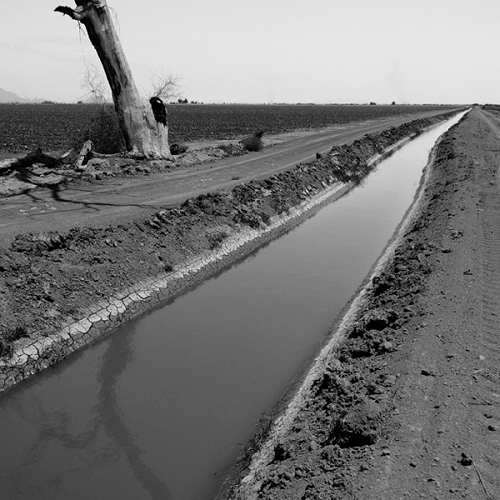
苏菲: How did you start your photography? I’ve heard that your first camera was a gift from your brother when you were 10. Did he have any influence on your professional career, or any other family members? How much is your childhood imagery still present in your photographs?
David: Yes I was given my first camera by my brother and I still have it! A simple Kodak Instamatic 44. I come from a very creative family though I am the only one to pursue a creative field as an adult. As a child I was exposed to all forms of the creative arts; painting, writing, music, illustration, etc but, I was always drawn to the photography. In its best form I believe photography can have the most enduring impact on the soul more than any other creative medium.“
Of course our childhood memories are the strongest but I would say the imagery that remains from making images from such an early age are landscapes. I have always loved the Earth and tried to examine thru photography what the our planet gives us. The abstract simplicity of our planet has always amazed me.
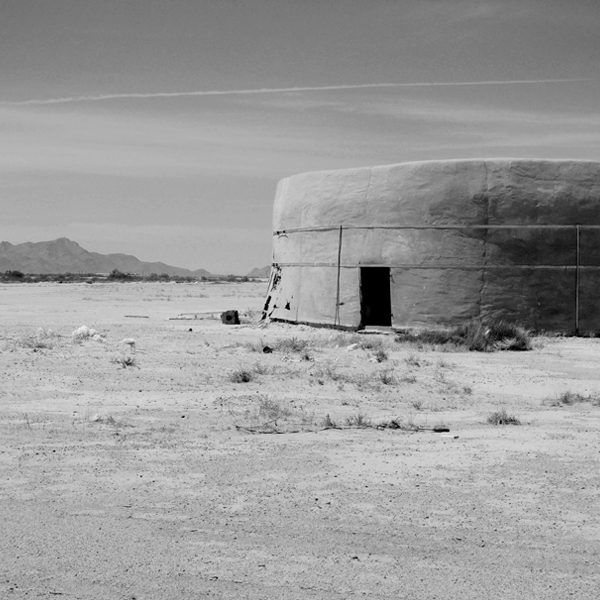
苏菲: You studied photography, broadcast and motion picture production during your college. How did these three subjects come together? How much has formal school training influence your way of working in photography?
David: I love all three mediums I studied in college but found the most rewarding photography so there I remained. Broadcast and writing taught me that knowing your subject and understanding what their story is can help produce more revealing images. Motion picture taught how important composition is to visual story telling. Also motion picture taught me the value of collaborating with others and achieving a visual goal together. I continued with motion picture work after college but found it less rewarding than pure photography. Being able to work closely with a subject is what photography gives me. The process of learning about your subject and being sincere about how you capture and translate that subject is something that makes collaboration a must. If your subject is a person, building, landscape, or whatever you must collaborate with your subject to make your image. Collaboration occurs again when the image is viewed. As an artist you are working with
your viewer to evoke a thought or emotion. The viewer is so very important to the entire process. Of course that relationship is brief as soon the image takes on a life of its own and becomes the viewers.
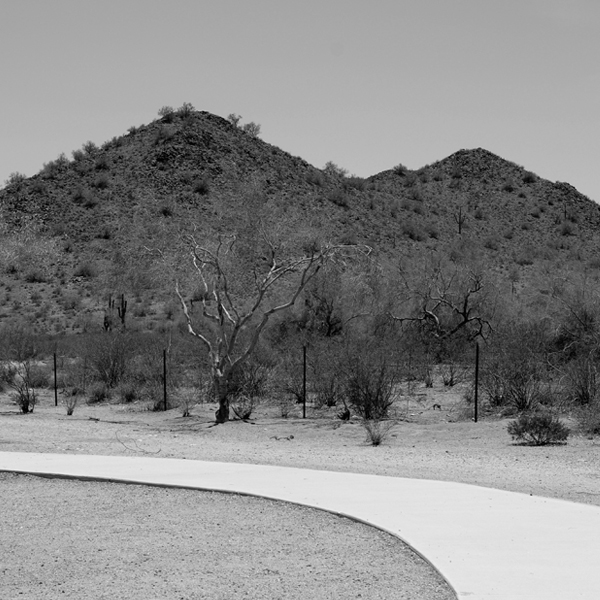
苏菲: I really like your landscape photography, especially your black and white series. They are quiet, thoughtful and sentimental, evoking a reflection about our environment and natural changes. How did your hometown Tejas series start and what are you going to document?
David: The environment is very important to me. Growing up in Texas and traveling with my parents all over the state and later as an adult I have seen sweeping changes in my home. So much of what used to be is gone. In some cases this is culture and in other cases its the land itself. I started capturing landscapes and rural culture because I wanted to document what is disappearing. There were times when I would find a good subject and thought I would return to capture it later only to find the subject gone! Thats when I realized its often better to capture something when you see it as you may never see it again.
Using black and white images breaks down the value of an image to its purist form. There is no color to add to the emotion the viewer has. The simple tones are clean and give the elements in an image a more equal footing and more abstraction too.
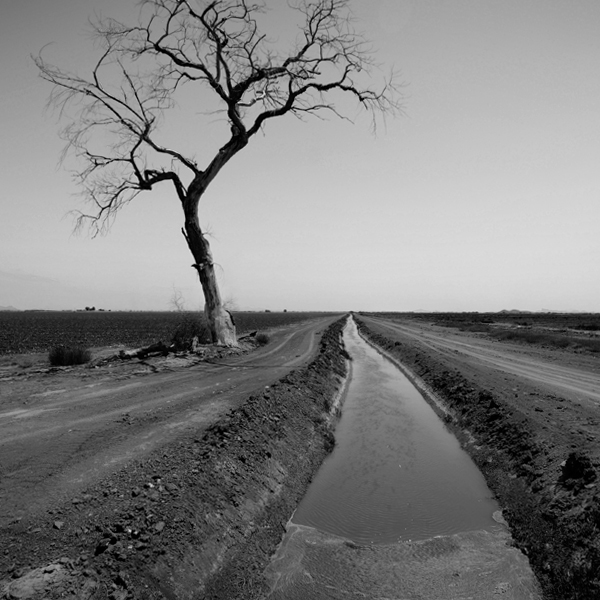
苏菲: One of your photography critics Jill Hoffman said as an individual, you are holding particular personal values, experiences and beliefs to frame a different world in your lens. Could you talk more about your own influenced culture? What is a real world in your eyes?
David: My culture is very American. The American culture moves very quick and is ever-changing. I never realized how much until I had my first exhibition overseas in Budapest, Hungary in my 20’s. Seeing the European culture and traveling in western and eastern europe really opened my eyes to how insulated my youth had been. This was the beginning of wanting to see more and experience different cultures away from my own. Immediately after returning from Europe I began studying Native American and Meso-American cultures and could never look at may own culture the same way again. What became real to me was working to reach beyond what I had always known and grown up with. During this reaching out I came in contact with other contemporary photographers who also were documenting life in North, Central, and South America. This inspired me to develop the “visual cultura” project, a pan american view of the Americas where photographers could show via the web, their
interpretation of life on the Western Hemisphere. Again gaining contact with those beyond my culture became the “real world” for me. Its very important to look outward to see more about yourself.
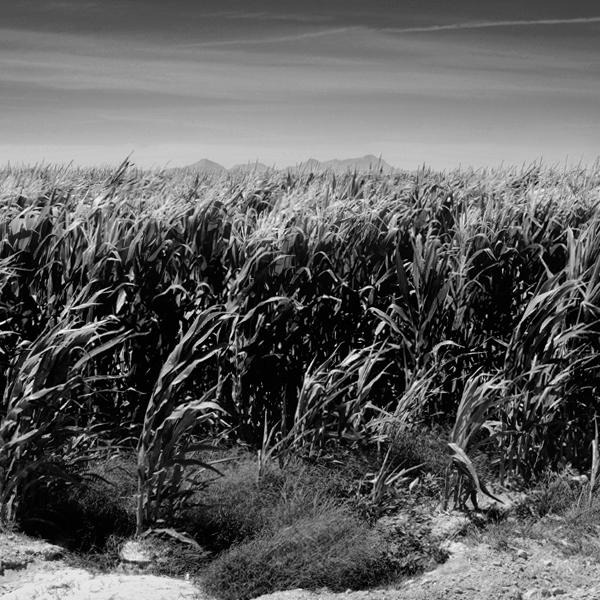
苏菲: Your portrait photography is also impressive and emotional. You capture school girls and boys in an accurate moment showing their inside mood. And your strangers portrait works! I particularly love your Orange Wall Portraits project. That magazine sells-man Shamant’s story sounds like a movie play-writing…could you tell us more about this story? How do you usually approach strangers for photography?
David: Portraits are relatively new in my work. I believe its true that you never “take” a portrait but are given the portrait by your subject. I love capturing people and receiving the image they wish to give me. Gaining their trust and having that relationship no matter how brief is a simply wonderful feeling.
Shamant has always been one of my favorites. As the story goes he knocked on my door selling magazines. It must have been over 100 degrees outside and he was sweating and very hot but kept his composure the entire time. Having lived in extreme heat I can tell you that is not often easy! I invited him and gave him the biggest and coldest glass of water and he begin telling his story. He had recently been released from prison and whether or not this was true, it was what he was offering. I believed Shamant as he showed honest emotion when I was photographing him. Again, I let the subject give what they wanted. I think thats true of photographing anyone you have just meant for the first time. Most people are eager to talk about themselves and emotions come to the surface when individuals speak about themselves so its very critical not to judge your subject but trust them. It can be the best time to make a portrait.
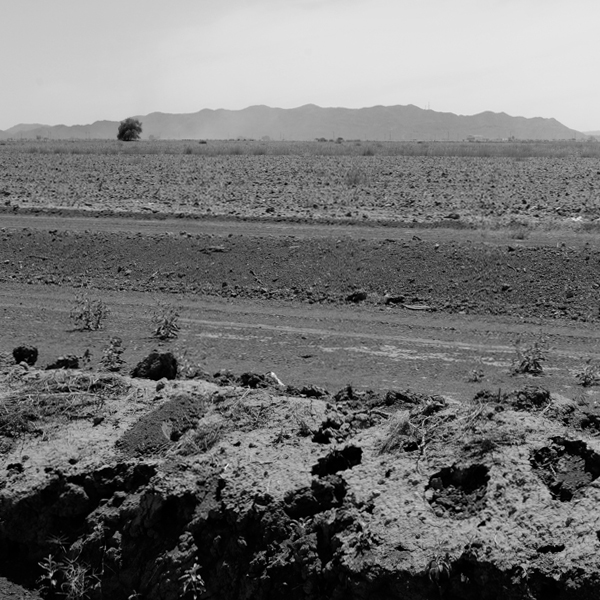
苏菲: Sometimes you drive thousands miles plus countless miles by foot away to do photographs, places like San Ildefonso in New Mexico, Big Bend in Texas, Nuevo Laredo in Mexico. You say, “of all the places I have traveled the desert is most where I feel at home. The opportunity to be wrapped in open skies and clean vistas is true recharge.” Why do you think you belong to DESERT? What is the true pleasure of documenting desert regions? (Is that people there, environment around or nature diverse attracting you?)
David: Being able to see nothing but untouched earth has always motivated me to photograph. Also there is the relationship between man and his environment. How we manipulate the Earth I believe shows are respect and disrespect for this planet. The desert can be extremely harsh and forgiving on what man has left behind. Some things are slow to breakdown in the desert and reveal the long view of how we co-exist with ourselves and the earth. Working in the desert can be physically taxing and this allows me to have cleansing if you will. A way to purify the soul and body.
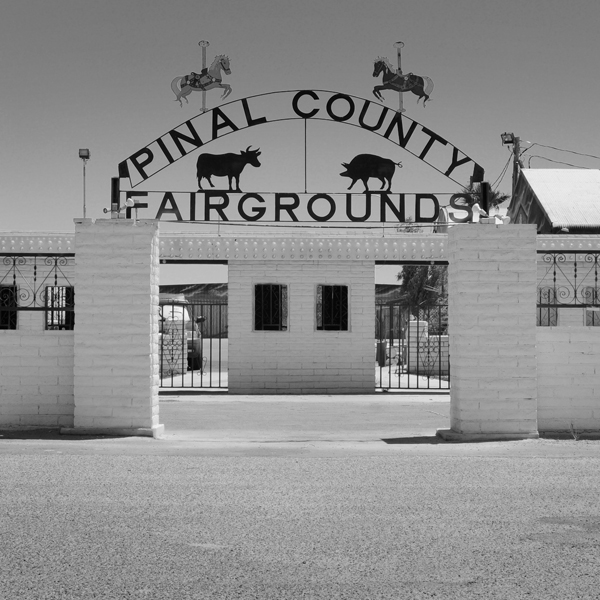
苏菲: What is your current in progress project?
David: My current self assigned project was “Burlesque Show” The idea was straight forward, simply capture performances of the local Burlesque scene in Dallas, Texas. I was attempting something different, a style somewhere between editorial and commercial imagery and this was a definite departure for me. Burlesque has a very western history and recently has enjoyed a very strong resurgence not seen since the late 1940’s and early 1950’s here in America. There are many small local performers really taking this art form into their own hands and making it something unique and the energy around the performers and their audience is intense. I did not want to have images that were attempting to look vintage with the art form but new and polished, like the performers themselves.
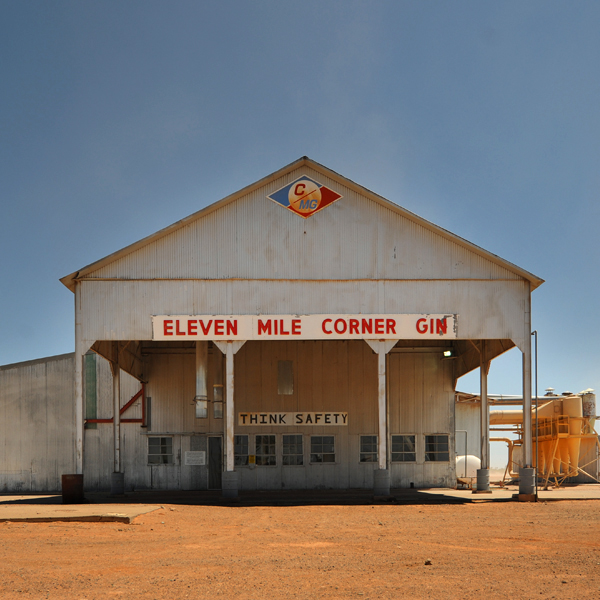
苏菲: What is your life goal and why?
David: My goal is simple, to be and surround myself with positive energy. Its not always possible but keeping myself in a good place allows me to function better when things are not so positive. Whether I am working with a client or a self assigned project staying in a good place is a great thing.
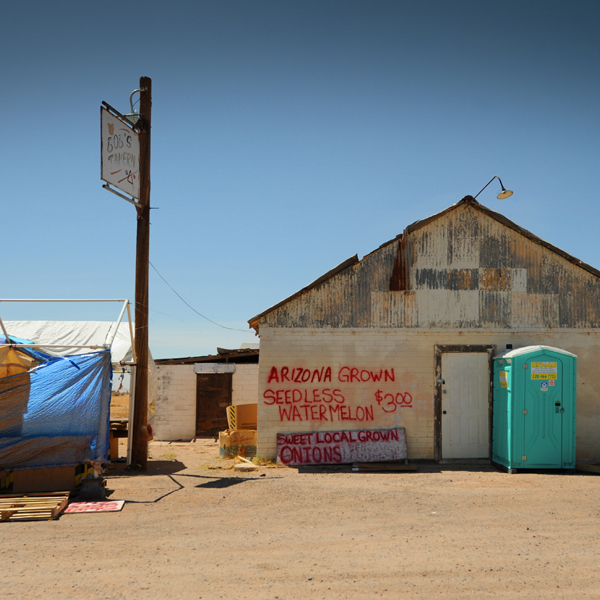
苏菲: Thanks a lot for accepting our interview! We wish you a very merry Christmas!!! At last, any else to share with our readers? how about your Christmas wishes?
David: Thank you for offering me the opportunity to be featured here on Simple Style! I love the energy with Simple Style and its way to show art from around the globe. Its an honor to be associated with this project! My wish would be that everyone me surrounded by family, friends, and love now and, for the new year.
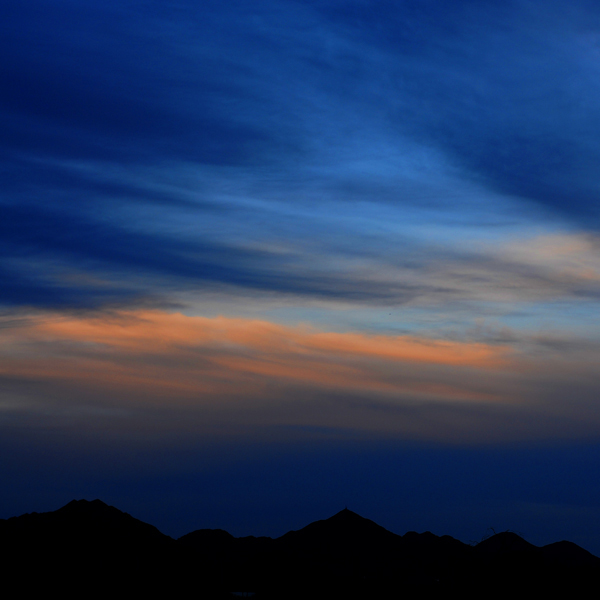
Thanks David.
David将在接下来的一个星期里为我们带来更多精彩推荐,他不懂中文,但他告诉我,他一直用google translator 访问着我们的网站。而这次作为我们的专栏人物对他来说可是个小挑战。他将用英文为我们写介绍和推荐,也许,他还会带几句中文和我们大家问候下呢。
如有必要,我们会将部分文字翻译成中文方便大家阅读。
推荐链接地址:_https://www.simple-style.com/tag/david.mcghee
更多simple style专栏人物:_https://www.simple-style.com/posting-guests

December 21st, 2009 at 1:44 am
Thanks David, welcome to you.
December 21st, 2009 at 10:47 am
引人入胜的艺术。 您使用什么照相机?
December 21st, 2009 at 11:23 am
Weimar – Thank you so much for the kind welcome! Its wonderful to be here.
Billy – For this particular series I used a Nikon D700 with a 14-24mm 2.8 and a 35mm 1.4, both Nikkor lenses. I love the feel and texture the Nikon gives the images. Also, it was wonderful shooting in Arizona. I was about halfway between Phoenix and Tucson when I found all these spectacular locations. Of course I think you may know how beautiful Arizona can be! Thank you for the question.
December 22nd, 2009 at 2:12 am
thanks for bringing this interview to us ~ having had an opportunity to see David’s work, it has been wonderful to hear more about the ideas behind his images. Happy holidays everyone!
December 22nd, 2009 at 8:24 am
Hey Billy, you are so funny!
Usually, we do not use “您” to your good friends : ) but “你”
see the difference?
December 22nd, 2009 at 9:17 am
Carla, thank you so much! Happy Holidays to you too!
Sophie – Please excuse Billy, he is from a small town in east Texas. He will do better next time…
December 25th, 2009 at 11:58 pm
I again wish to thank simple style and Sophie for allowing me to be a featured artist. Thank you all for the kind words and comments. I want to share one I received from Cici, a university student in Bejing.
She wrote “I just saw your interview on the Simple Style and some photos on your flickr.I’m very excited to write to you, because the sentence you said indeed touched me :”Photography is the mirror we hold up to see ourselves for better or worse. No matter how difficult, its very important to look into that reflection.” I’m still an university student in Beijing,China, my major is not related to photography or art, but since I got a camera this summer, photography opened another door in my life. Now I’m doing my first self assigned project “The mirror and I “, I hope to use a mirror as a tool to help the subjects be sincere to me– whose life has intersection with them, and then to explore the relationship between they and I which can let me know more about myself and deeper about the relation among human beings.”
You can see some of her very cool work here….http://www.flickr.com/photos/ashyc/
Its worth your time believe me!
December 30th, 2009 at 1:19 am
Hi , Davud , I like the first and the last photo !
December 30th, 2009 at 1:20 am
David , I am sorry ,it was a typing error !
December 31st, 2009 at 12:20 pm
Thank you Bakeling, There are no errors and I appreciate your comments so much! Thank you!
June 5th, 2013 at 12:53 pm
I think the admin of this site is really working hard for his site, as here every data is quality based stuff.
October 13th, 2013 at 1:12 am
Agreed, this is a very quality site. Hope to see more artist soon!